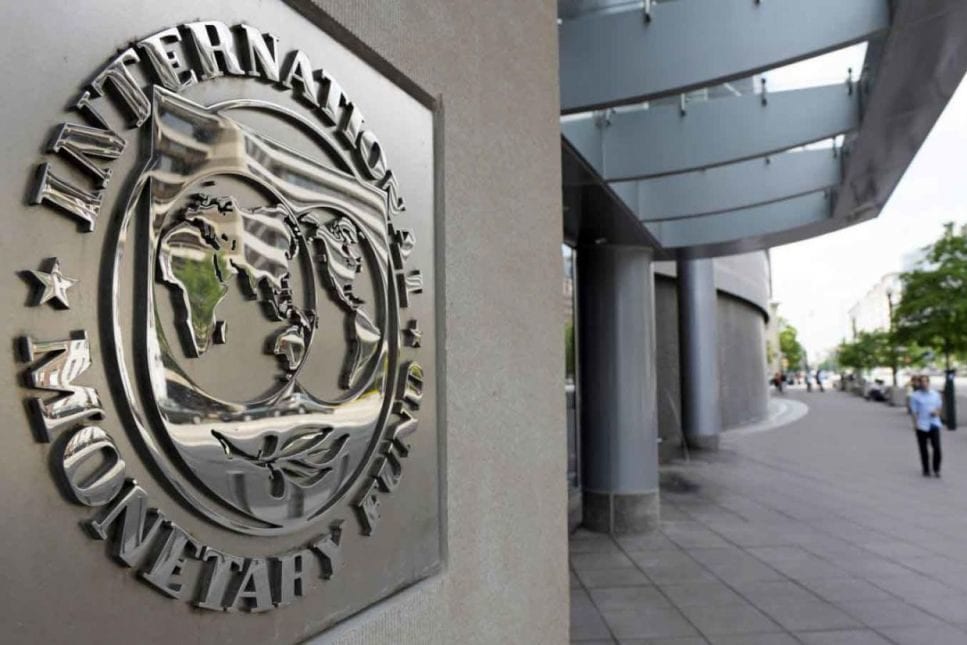During the current fiscal year, the International Monetary Fund (IMF) forecast a subdued economic growth rate of 1.5 percent for Pakistan, coupled with a higher rate of inflation and rising unemployment, on Tuesday.
The Washington-based lending agency has projected an 8.7pc average rate of inflation, current account deficit at 1.5pc of GDP, and unemployment rising by 0.5pc to 5pc during the current fiscal year, showed the World Economic Outlook (WEO) 2021 report. This is in sharp contrast with targets set by the government for the current year at 2.1pc for GDP growth rate, 6.5pc rate of inflation, and 1.6pc for current account deficit.
Furthermore, as per the WEO report, the multi-speed recoveries are commenced in all regions and across income groups, linked to stark differences in the pace of vaccine rollout, the extent of economic policy support, and structural factors such as reliance on tourism. Among the urban economies, the United States is expected to surpass its pre-Covid GDP level this year, while many others in the group will return to their pre-Covid levels only in 2022. Similarly, among emerging markets and developing economies, China has already returned to pre-Covid GDP in 2020, but many others are not expected to do so until well into 2023.
The contraction of activity in 2020 was unprecedented in living memory in its speed and synchronized nature. But it could have been a lot worse. Although difficult to pin down precisely, IMF staff estimates suggest that the contraction could have been three times as large if not for extraordinary policy support.












